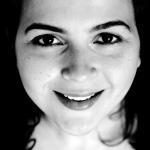- 11 December 2022
- 925 defa okundu.
Pingtan Book House – A Traditional Timber House Squeezed with an Infinite Loop of Risers and Treads
No ordinary children’s library, this is a place where kids read and play at the same time, and a new paradigm for rural village libraries in China.
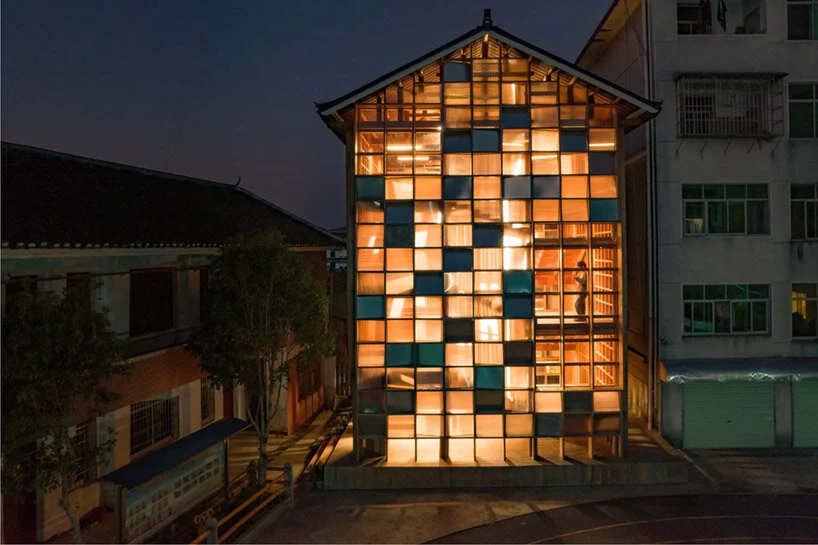
Fotoğraflar: Sai Zhao
Imagine a staircase that never ends, as an infinite loop of risers and treads squeezed into a traditional timber house. Adding to the mystery, the staircase has no destination, but rather is a destination itself. The walls of the house have been transformed into a matrix of bookshelves and windows overlooking a courtyard. However, this is no ordinary children’s library. The Pingtan Book House is a place where kids can read and play at the same time, and a new village library paradigm in China.
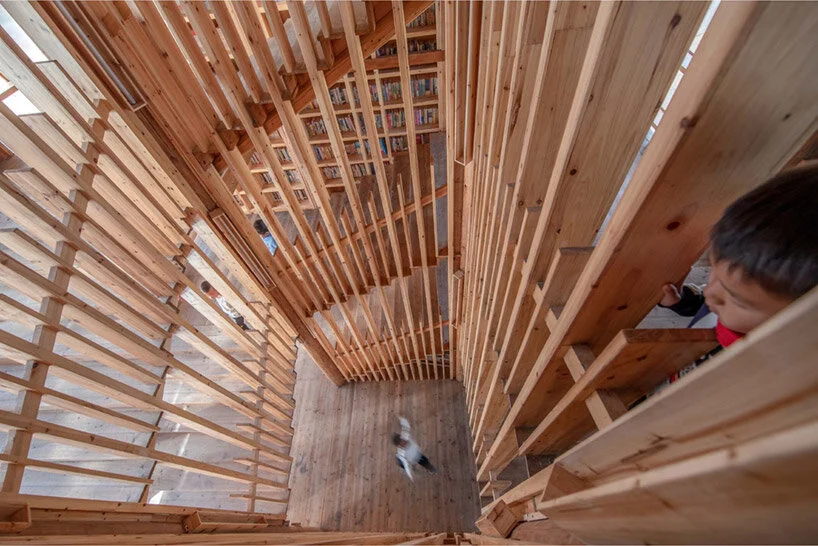
For years, Dong Minority villages have been confronted with the ever-present reality of the decline of their beautiful architectural heritage, eradicated by the arrival of a foreign material – concrete. Entire villages, built over centuries from a single sustainable material – indigenous China Fir – are rapidly losing their identity. Dong’s cultural DNA is being challenged by contemporary living and the quest to modernize. As a school built entirely of concrete 20 years ago on the edge of the village, the Pingtan primary school is a prime example of this condition. The complex, which accommodates more than 300 children aged 6-13, is comprised of a cluster of five buildings, including a Hall and Canteen, Classroom, Dormitories, and an Administration building, all surrounding a courtyard.

For these reasons, Condition_Lab saw an opportunity to make a small insertion by introducing a timber structure that retains the Dong architectural DNA, and which could reawaken a sense of wonder in their heritage. The design fosters a form of “living heritage” to reconnect and inspire children, while allowing them to appreciate their precious culture via direct engagement. The project is the second library designed by Condition_Lab in the region, with the first being Gaobu Book House, located 10 km upstream and acting as the elder sister in this family of interventions. The idea is simple – each project takes the traditional typology of the Dong “Galan” timber frame house and adapts it to a contemporary design, where elements such as stairs, walls, windows, and floor are reinterpreted.
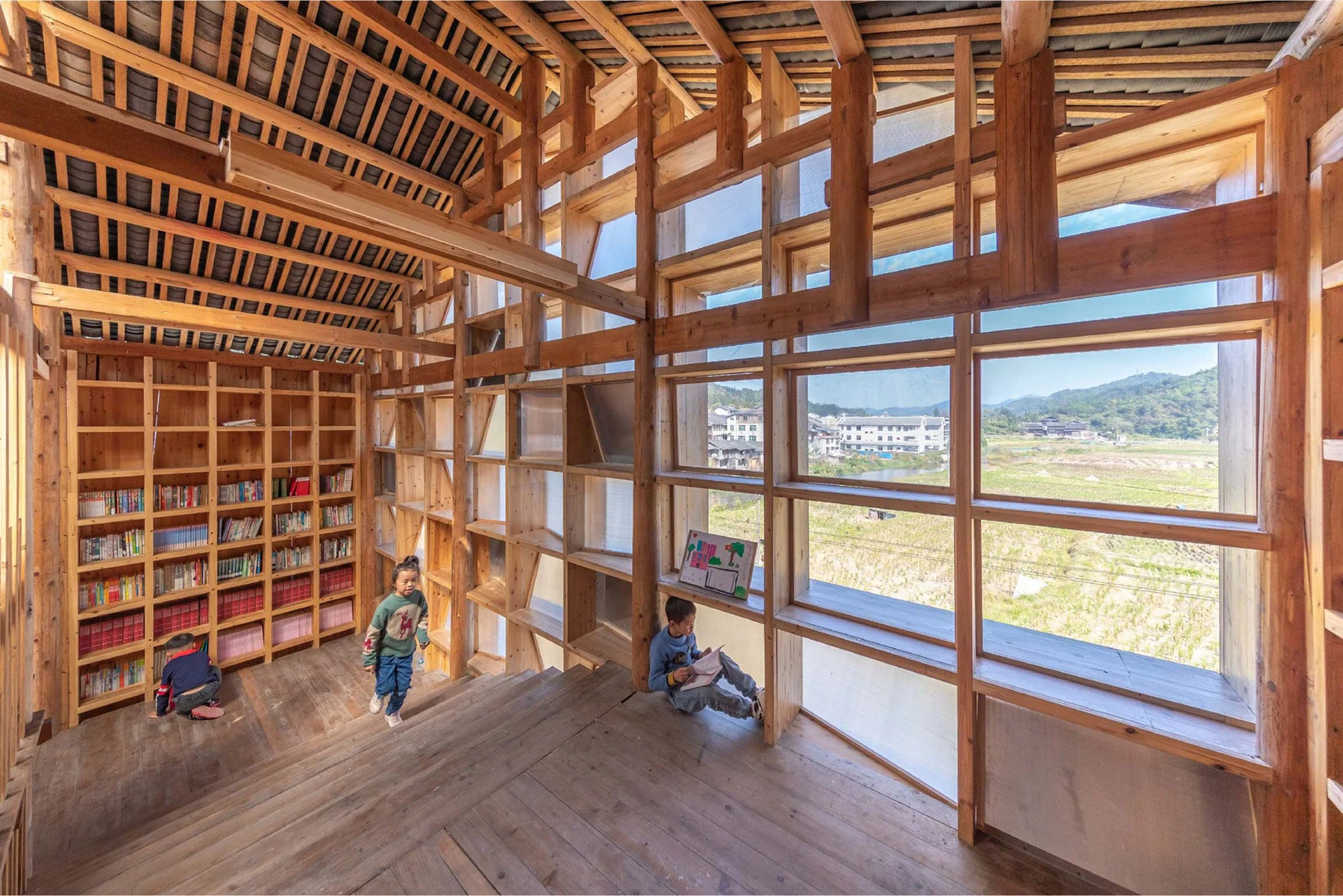
Condition_Lab collaborated closely with local carpenters and students from the CUHK School of Architecture. ‘Local’, ‘slow’, and ‘attentive’ are all key attributes of the project, and the library wouldn’t be possible without them. Through a process of participation, the firm gained the trust of villagers and the school principal, enabling them to create a social narrative that also helped find donors to sponsor the project. In the end, the building was built with a single donation of 600,000 HKD from the Chan Cheung Mun Chung Charitable Fund, which covered the entire cost of construction.
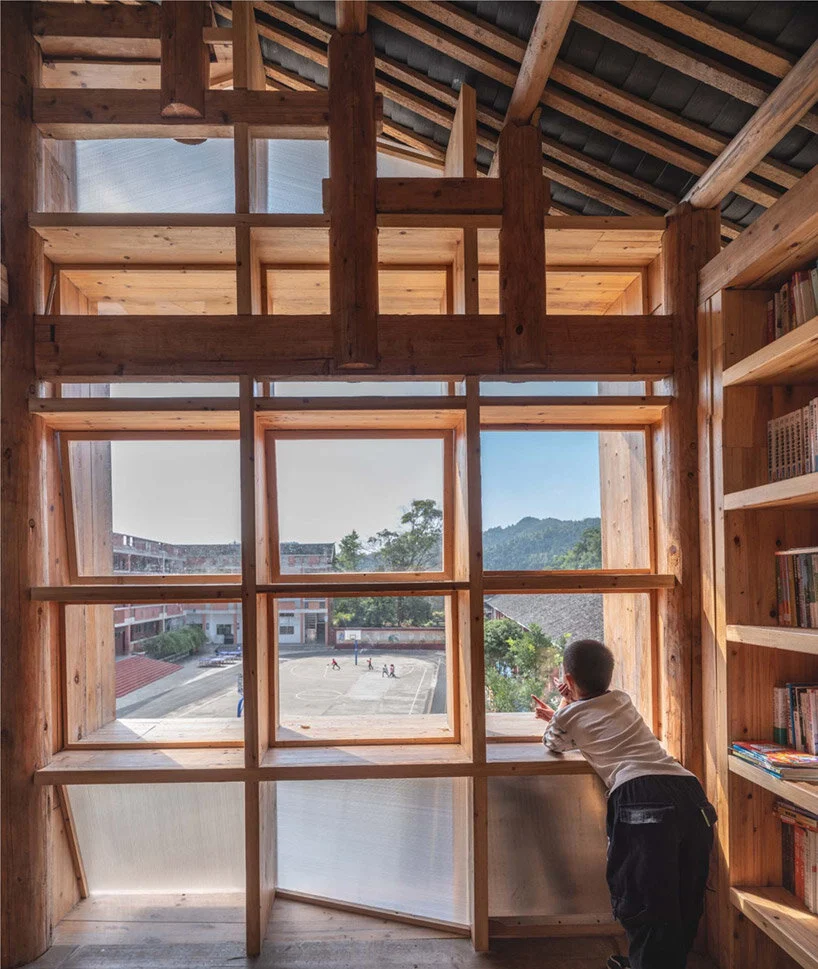
This remarkable achievement, seldom occurring in contemporary construction, embraces a Book House built entirely using a single material, with every element, including walls, stairs, and floors, built with timber. The only ‘foreign’ material introduced was polycarbonate, used in façade panels that allow sunlight to filter in and provide external views. Construction followed traditional Dong carpentry details, where ‘Dragon Joints’ composed of male and female interlocking parts are used as the main structural bond.
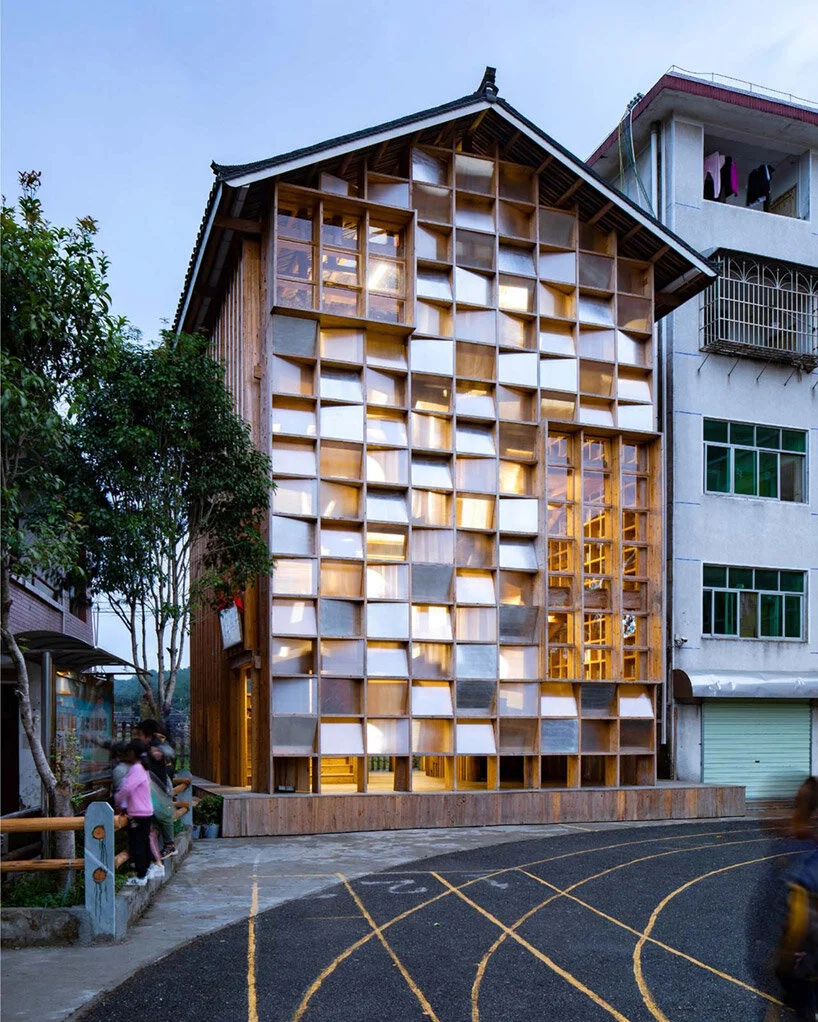
The value of this project lies in two fundamental lessons. First, it relates directly to the children of Pingtan who, beyond enjoying playing in the library, have learned that their culture lives and remains relevant in this rapidly changing world. The second lesson relates to the discipline itself, at a moment when architecture, particularly in urban metropolises like Hong Kong, appears to have lost its soul to ever demanding developers. That reality makes one aware of the social importance of architecture. Social impact does not require large amounts of financial investment, and design is not limited to high-end projects. To put it simply, architecture must have a purpose.
